Where does it come from, Where does it go? Part 3
Looking at the world of Trekker, it’s clear to see that the counterpoint to the idealism, or “Romantic” science fiction/fantasy that was instilled in me so early by my exposure to Flash Gordon and Al Williamson is the gritty, noir-esque vision of Ridley Scott’s Blade Runner. Scott constructed a deep and rich world of shadows, violence, and treachery that was centered in dark, oily urban streets, but was also profoundly affected by events happening out in the stars. And he used the film’s science fiction trappings with a light and sophisticated touch.
Blade Runner came out only a few years before I created Trekker, and it’s impact on me was obviously still fresh. Nearly everything about the movie found its way into Trekker in one way or another—the look of characters and costumes, the look of the city, a story set on the streets but leaning to the stars. I state this without blushing because I think that’s always how art goes: nothing comes from nothing. Blade Runner wasn’t the first movie with flying cars, hard-boiled investigators in trench coats, “manufactured” life forms, or any of its other primary features. But it combined and presented these elements in an exhilarating and new way. The look and tone of the movie are dazzling, and remain fresh to this day. We can debate the strengths and weaknesses of the various released versions of the movie—the ambiguous ending, the happy ending, with Deckard’s flat narration, without it… but the impact of the core story and of the stunning visual presentation rise above the second guesses.
Blade Runner isn’t the only science fiction movie that had an effect on the creation of Trekker–it’s hard to imagine a science fiction project since 1977 that doesn’t have some Star Wars hand prints on it– but it was clearly my cinematic jumping-off point.
Next week: I take a break from giving credit where credit is due and will instead give an update on the All-New TREKKER tale, “The Train to Avalon Bay”, which is on the drawing board even as I write!
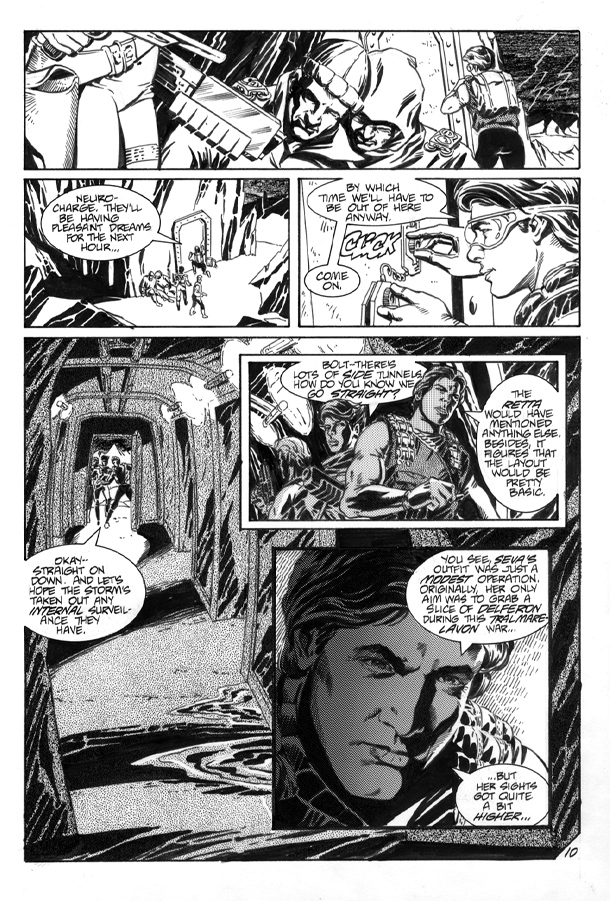
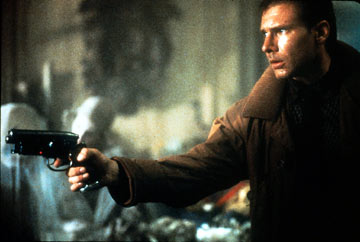
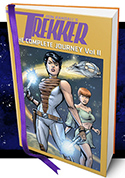

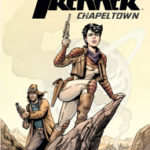
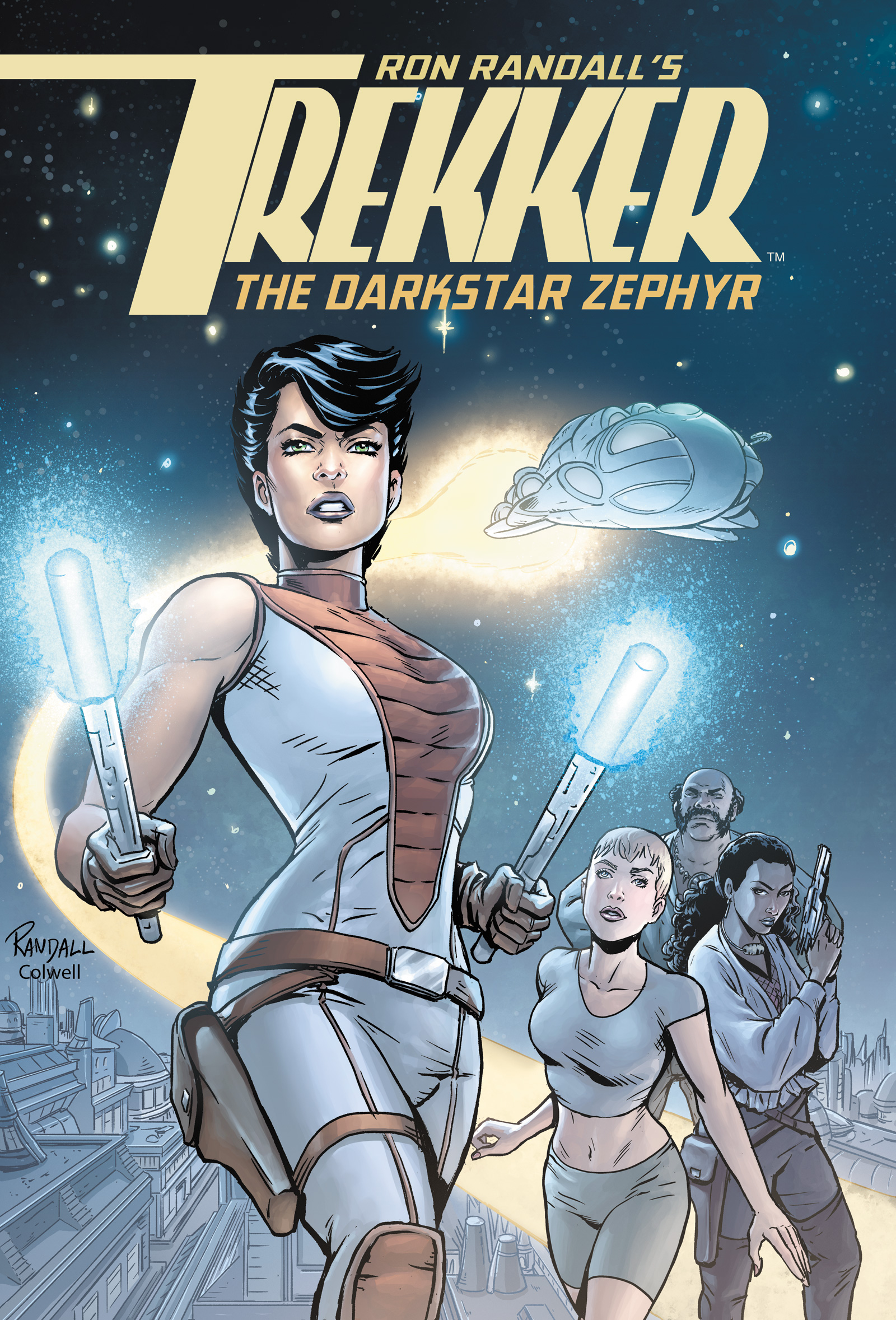

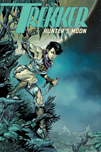
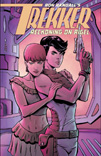

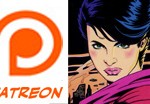

 AL WILLIAMSON
AL WILLIAMSON JEREMY COLWELL
JEREMY COLWELL JOE KUBERT
JOE KUBERT MARK SCHULTZ
MARK SCHULTZ PAUL CHADWICK
PAUL CHADWICK PERISCOPE STUDIO
PERISCOPE STUDIO RonRandall.com
RonRandall.com THOMAS YEATES
THOMAS YEATES FAMILY MAN
FAMILY MAN MAD GENIUS COMICS
MAD GENIUS COMICS PERILS ON PLANET X
PERILS ON PLANET X QUANTUM VIBE
QUANTUM VIBE THE LAST DIPLOMAT
THE LAST DIPLOMAT THRILLBENT
THRILLBENT TRANSPOSE OPERATOR
TRANSPOSE OPERATOR
Discussion ¬